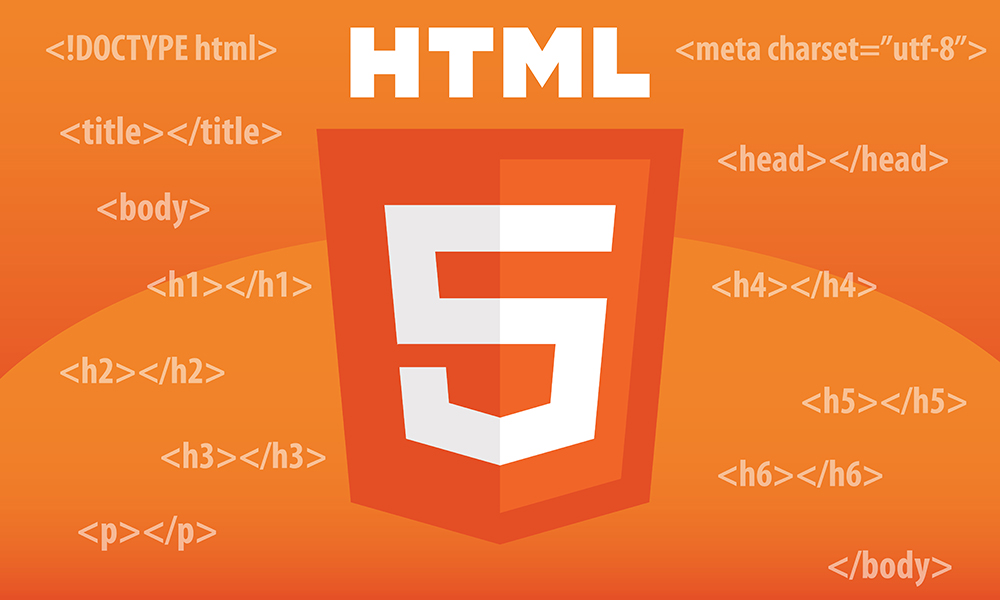HTML Interview Questions and Answers
 Satyam Jaiswal
Satyam JaiswalTable of contents

Practice here the most popular Html Interview Questions and Answers for freshers and experienced.
What is a web form?
Ans: A web form is an element on a web page that allows users to input information and submit it to a server, such as a contact form or a sign-up form.
What is the role of the <link> tag in HTML?
Ans: The <link> tag is used to link to external resources, such as stylesheets or other web pages.
What is the difference between the <strong> tag and the <em> tag?
Ans: The <strong> tag is used to indicate strong emphasis or importance, while the <em> tag is used to indicate emphasis or stress.
What is the role of the <title> tag in HTML?
Ans: The <title> tag is used to define the title of the web page, which appears in the browser's title bar and in search engine results.
What is the difference between a relative path and an absolute path in HTML?
Ans: A relative path is a path that is relative to the current web page, while an absolute path is a path that begins with the domain name and includes the entire path to the file.
What is the role of the <style> tag in HTML?
Ans: The <style> tag is used to define the styles and formatting of elements on a web page, such as colors, fonts, and layout.
What is a semantic element in HTML?
Ans: A semantic element in HTML is a tag that gives meaning to the content it contains. Examples of semantic elements include <header>, <footer>, <nav>, <section>, and <article>.
What is the role of the <meta charset> tag in HTML?
Ans: The <meta charset> tag is used to define the character set used by the web page, which affects how the text is encoded and displayed in different browsers.
What is the role of the <script> tag in HTML?
Ans: The <script> tag is used to embed JavaScript code into an HTML document, which allows for dynamic interactions and behaviors on a web page.
What is the difference between inline and block elements in HTML?
Ans: Inline elements are elements that can be placed within a block-level element and do not create a line break, while block-level elements create a new line and are used for larger content structures.
What is HTML?
Ans: HTML stands for Hypertext Markup Language, which is a markup language used to create web pages and web applications.
What is the latest version of HTML?
Ans: HTML5 is the latest version of HTML.
What is the basic structure of an HTML document?
Ans: An HTML document has the following basic structure:
<!DOCTYPE html>
<html>
<head>
<title>Page Title</title>
</head>
<body>
<h1>Heading 1</h1>
<p>Paragraph</p>
</body>
</html>
What is the difference between HTML and XHTML?
Ans: HTML and XHTML are both markup languages used to create web pages, but XHTML is stricter than HTML. XHTML requires that all tags be closed and that all attributes have values.
What is a tag?
Ans: A tag is a keyword or code used in HTML to define elements on a web page.
What is an attribute?
Ans: An attribute is a modifier that can be added to a tag to define the characteristics of an element.
What is the difference between an ID and a class in HTML?
Ans: An ID is used to identify a unique element on a web page, while a class is used to identify a group of elements.
What is a div tag?
Ans: The div tag is a container tag used to group and format content on a web page.
What is the difference between span and div tags?
Ans: The span tag is used to group and format small portions of content, while the div tag is used to group and format larger portions of content.
What is the difference between the <br> tag and the <hr> tag?
Ans: The <br> tag is used to create a line break in a paragraph, while the <hr> tag is used to create a horizontal line on a web page.
What is a hyperlink?
Ans: A hyperlink is a clickable link that takes the user to another page or website.
What is the difference between an absolute and a relative URL?
Ans: An absolute URL contains the full path to a web page, including the protocol and domain, while a relative URL only contains the path to the page relative to the current page.
What is a form in HTML?
Ans: A form is an element in HTML that allows users to input data and submit it to a server.
What is the difference between a GET and a POST method in a form?
Ans: The GET method sends form data as part of the URL, while the POST method sends form data as part of the HTTP request body.
What is a table in HTML?
Ans: A table is a container element used to display data in rows and columns.
What is the difference between the <thead>, <tbody>, and <tfoot> tags?
Ans: The <thead> tag is used to define the header section of a table, the <tbody> tag is used to define the body section of a table, and the <tfoot> tag is used to define the footer section of a table.
What is the difference between an ordered list and an unordered list?
Ans: An ordered list is a list where the items are numbered or lettered, while an unordered list is a list where the items are bulleted or otherwise marked.
What is a meta tag?
Ans: A meta tag is an element in HTML that provides information about the web page, such as the title, author, and description.
What is a DOCTYPE declaration?
Ans: A DOCTYPE declaration is a special element at the beginning of an HTML document that tells the web browser what version of HTML is being used.
Thanks for reading here.
Subscribe to my newsletter
Read articles from Satyam Jaiswal directly inside your inbox. Subscribe to the newsletter, and don't miss out.
Written by

Satyam Jaiswal
Satyam Jaiswal
I am WordPress Developer at Conaxweb Solutions.